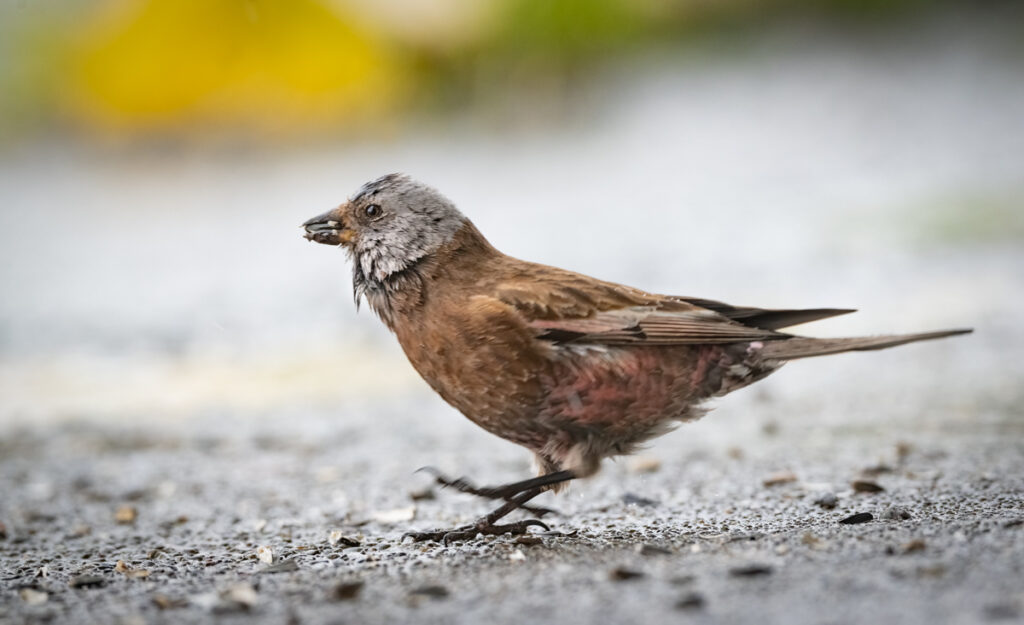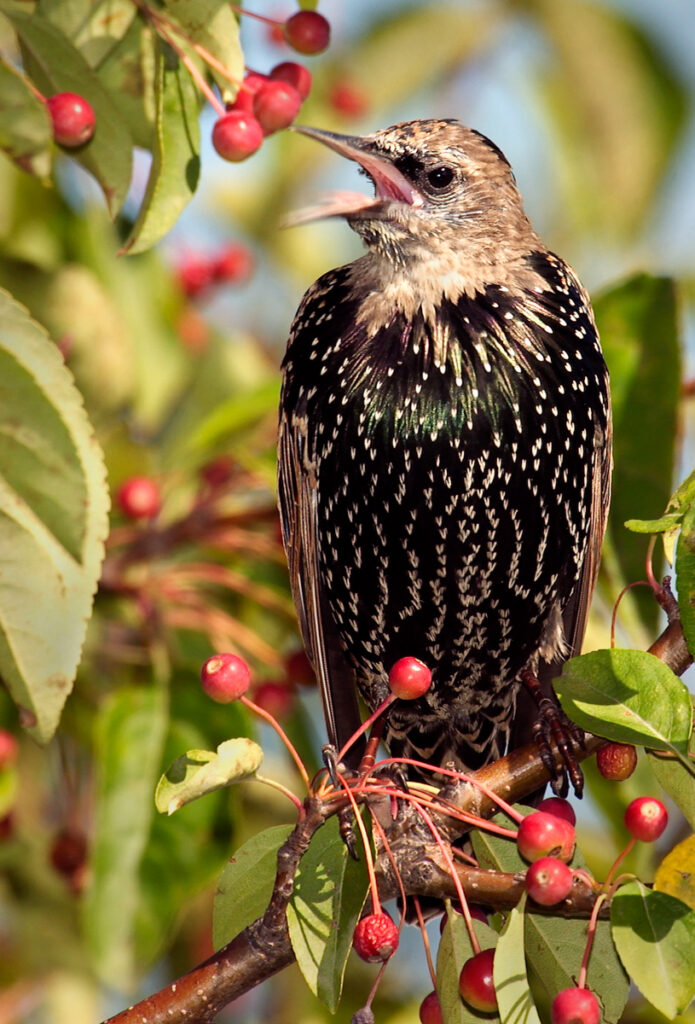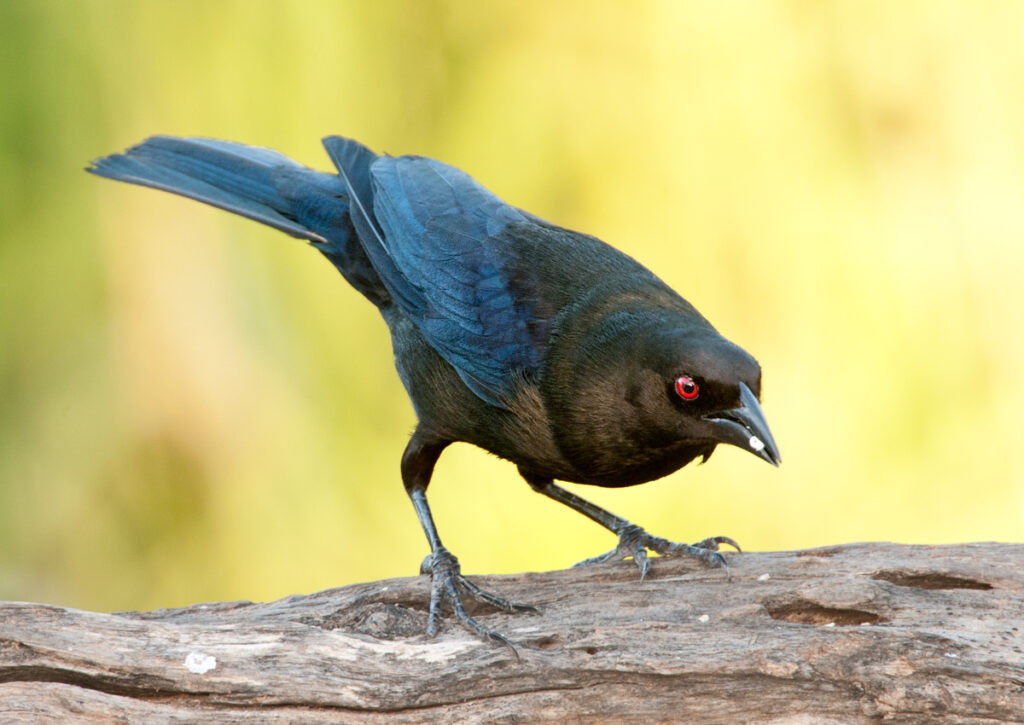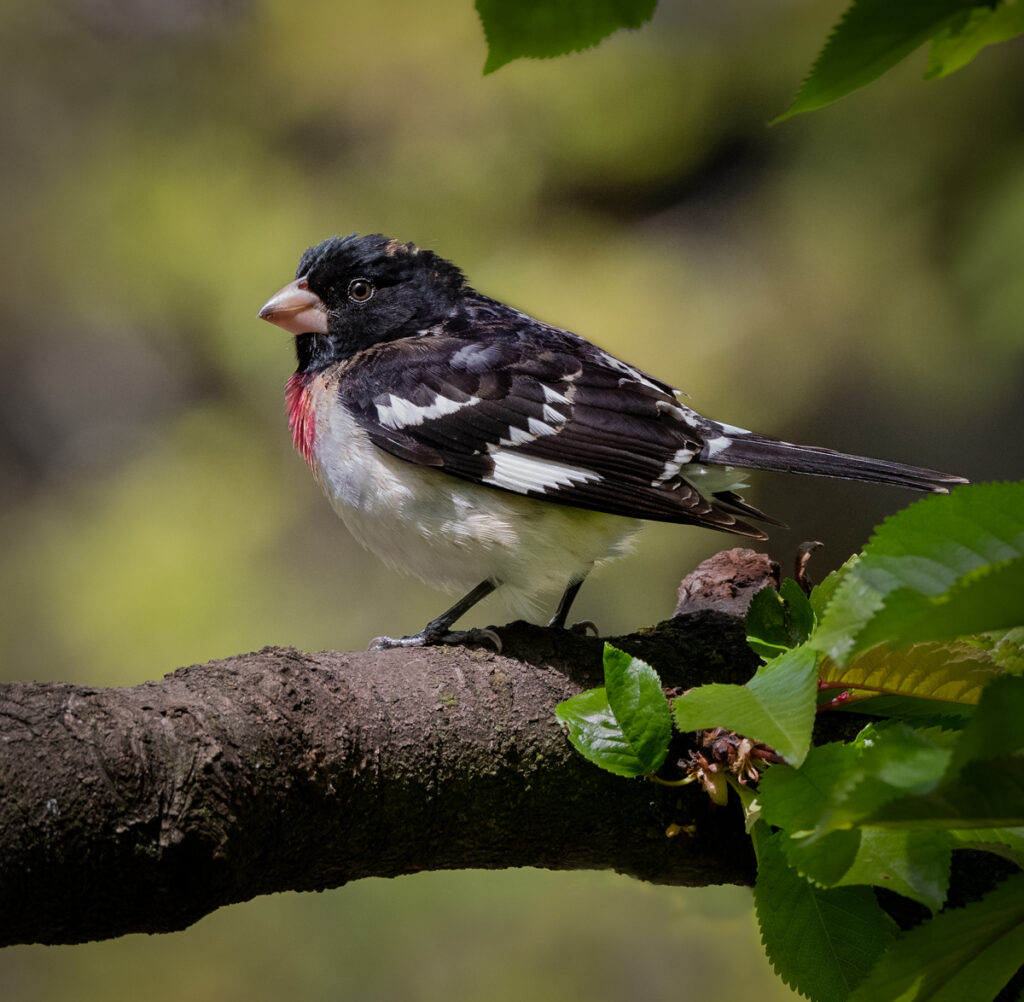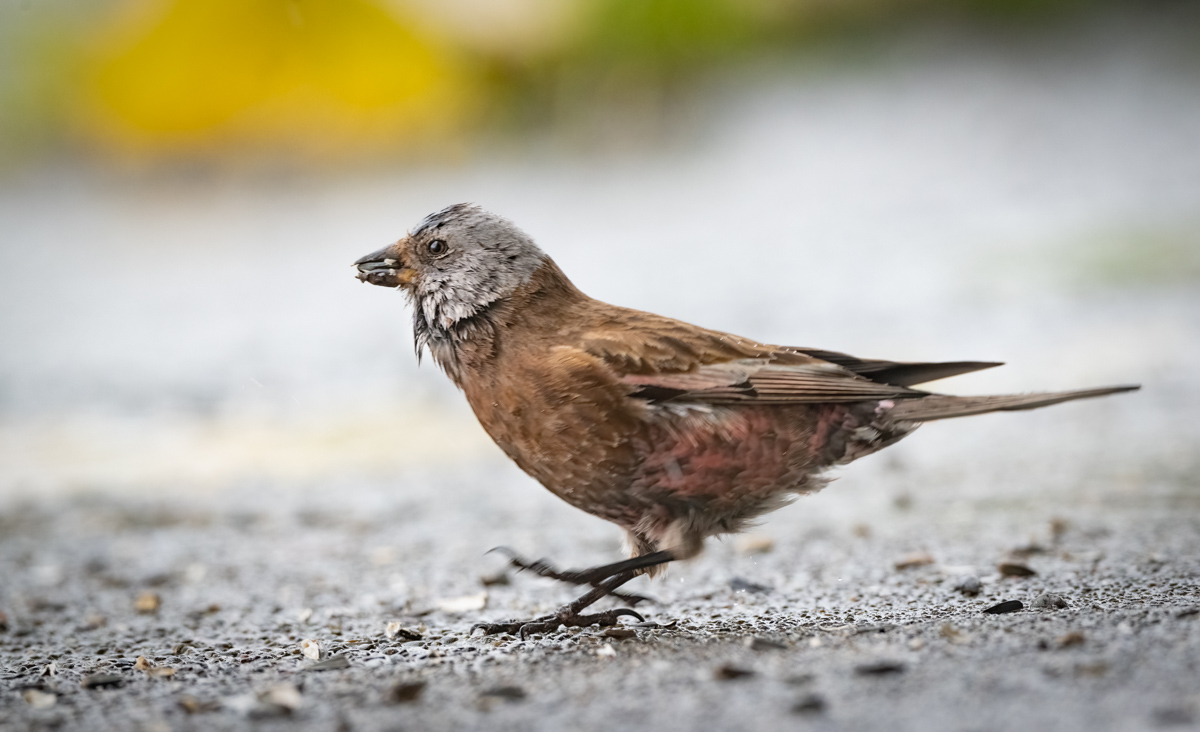
Bird feeders are a fantastic way to attract birds to your yard for easy bird photography even while you nourish a hungry flock. It is critical, however, to choose good foods to fill those feeders, or birds will not use them and both the food and your bird feeding budget will be wasted.
The Cost of Quality
Cheap birdseed may seem to be a great savings, but it isn’t always a good deal. In many cheaper birdseed mixes, undesirable fillers such as milo, wheat, or cracked corn fill the bulk of the bag, and these seeds do not provide the best nutrition for birds. Many birds will simply toss these seeds out of the feeder, causing uneaten seeds to cover the ground and damage turf, and these spilled seeds will attract unwanted guests such as rodents, raccoons, and other pests.
Instead of cheaper seed, look for mixes that include better quality seeds such as black oil sunflower seed, millet, sunflower hearts, peanut pieces, and Nyjer. All of these foods have better nutritional value, providing birds more fat and calories for abundant energy. Because they are preferred foods, these seeds will also attract a greater variety of species to the feeder.
It is important to also be aware of more moderate seeds, including safflower and striped sunflower seeds. While these aren’t the poorest choices for birds, they do have harder hulls and can be more difficult for many birds to open, so they aren’t attractive to as many species.
Which Birds Eat Which Seeds?
Even cheap birdseed will be eaten by some species, though usually grackles, cowbirds, house sparrows, and starlings are most attracted to cheaper seeds. Quail, turkeys, and doves will also feed on spilled cheap seed underneath feeders. Because these birds have voracious appetites and tend to discourage other birds from visiting, however, many birders prefer not to attract many of these birds.
Many other birds may sample cheaper seeds but will quickly move on to find more nutritious foods. Buntings, finches, and grosbeaks prefer higher quality seeds and will visit feeders offering these seeds more frequently. This brings greater diversity to the yard, giving bird photographers more opportunities to capture colorful birds and many different species.
Balancing the Bird Feeding Budget
Choosing higher quality birdseed to attract more diverse birds can be a great investment in bird feeding, but if the budget is tight, there are ways to stretch the spending. Choose a premium seed mix, but add in more black oil sunflower seed – which can usually be purchased separately and cheaper than a premium mix. This will provide nutritious ingredients to birds, but at a more budget-friendly price point.
Birders who can purchase a wider range of individual seeds can create their own personalized mixes, adjusting the ratios of seed types as the seasons change to meet birds’ changing diets and new bird species’ visits. For example, in winter when more finches are visiting feeders, greater amounts of Nyjer and sunflower hearts will be preferred, while spring buntings prefer more millet in the mix.
It is equally important to protect the investment in filling feeders by keeping those feeders clean so seed will not spoil. This will also minimize the risk of spreading diseases to hungry birds, and will keep the feeders more photogenic without a buildup of dust, oil, feces, and seed hulls.
Use wide baffles to protect feeders from rain and snow to keep seed from becoming moldy, and to ensure seed is accessible to all hungry birds. Baffles will also help keep squirrels and other raiders at bay, so expensive seed isn’t eaten by non-bird visitors.
By offering good food in bird feeders, birders and bird photographers alike can attract more species to enjoy. As birds get used to a reliable, tasty feeding station, they will visit more frequently, offering more opportunities for outstanding photos that capture their different moods, plumages, expressions, and activities. That makes any investment in more expensive birdseed absolutely priceless!



